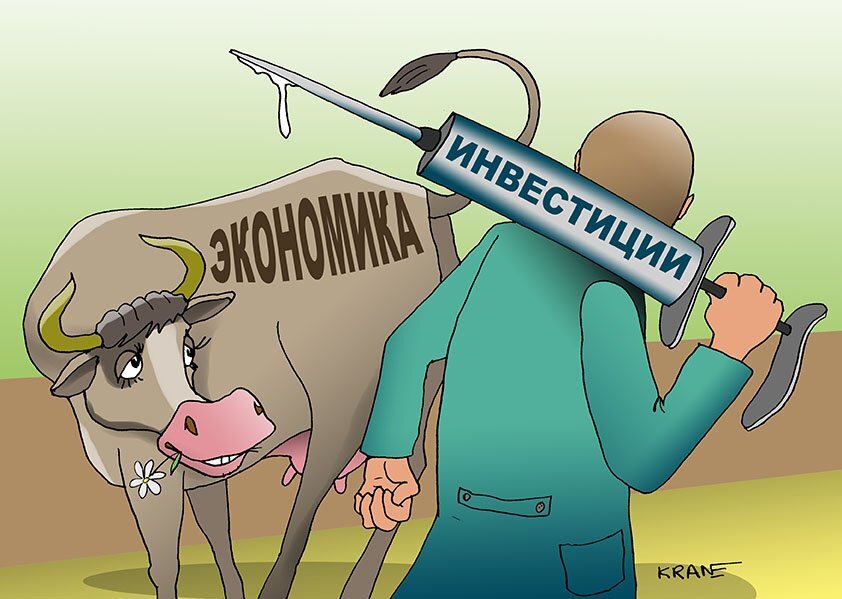The Eurasian Development Bank (EDB) continues its series of EDB Monitoring of Mutual Investments (MMI) publications. The EDB project on monitoring mutual direct investments of the countries of the Eurasian region has been under way since 2012. The MMI encompasses a database of investment projects, containing detailed information on mutual direct investments in Eurasia, covering Armenia, Azerbaijan, Belarus, Georgia, Kazakhstan, the Kyrgyz Republic, Moldova, Russia, Tajikistan, Turkmenistan, Uzbekistan and Ukraine. The MMI database also includes information on mutual FDI with other nations such as China, Turkey, Iran and the Arab states of the Middle East and North Africa. The investment database has a bottom-up structure using a variety of open-source information, including corporate statements and other primary data. The data collection methodology allows for keeping track of investments’ ultimate beneficiaries, which distinguishes it from central banks’ statistics.
The EDB’s “Monitoring of Mutual Investments — 2023” that was released on December 19 notes that the foreign direct investment (FDI) stock within Central Asia has been estimated at US$1.1 billion by the end of the first half-year of 2023, marking a 1.8-fold increase from 2016.
As of mid-2023, the mutual FDI stock in Eurasia reportedly reached US$48.8 billion. In recent years, Kazakhstan reinforced its status as the regional leader in terms of inward mutual direct investment stock, with a share of 27.2%.
Over the past seven years, mutual direct investments among Central Asian countries have been growing at 9.2% per year.
Russia is the largest capital provider in the region. Total Russian FDI stock in Kyrgyzstan, Tajikistan, Moldova, and Turkmenistan amounts to about US$2.1 billion, with Kyrgyzstan accounting for 46%. The largest project in the country is the acquisition of the Alliance Altyn Mine, with an FDI stock of $407 billion as of the end of 1H 2023. It should be noted that Gazprom investments account for 36% of total Russian FDI in all those countries.
According to EDB estimates, the countries of Central Asia are realizing 27 large-scale investment projects involving mutual investments. By the end of 1H 2023, total mutual FDI stock in the region amounted to $1.1 billion, increasing by a factor of 1.8 vs 2016.
The largest five projects in the region are being carried out by Kazakhstan’s Kaz Minerals, United Cement Group, Halyk Bank, and Verny Capital (two projects). The remaining two large projects are being implemented by Artel and Alliance Textile.
The main investors in the region are Kazakhstan and Uzbekistan, with about 87% and 13% of total capital investments, respectively.
In the medium term, uncertainties may persist in the dynamics of Eurasia’s mutual investments. EDB analysts note the following factors that will shape medium-term trends in mutual investments:
• “The neighborhood effect” – the share of EAEU countries in Eurasia’s mutual investments will continue to grow.
• Dynamic growth in manufacturing. Commencement of production of higher added value products in the countries of the region will be main driver of that growth.
• Greater attractiveness of the transport and logistics sector due to shifts in commodity flows and the Central Asian countries’ focus on developing dry ports, logistics hubs and distribution centers.
The report notes that Kyrgyzstan is the main recipient of investments in the region with a 63% share, with a single project in the extractive sector accounting for half of that share. The key investment destinations are Uzbekistan (24%), Kazakhstan (11%), and Tajikistan (2%).
There are no projects with the participation of Turkmenistan.
The Eurasian Development Bank is an international financial institution investing in Eurasia. For more than eighteen years, the Bank has worked to strengthen and expand economic ties and foster comprehensive development in its member countries – Armenia, Belarus, Kazakhstan, Kyrgyzstan, Russia, and Tajikistan. The EDB's charter capital totals US$7 billion. Its portfolio mainly consists of projects with an integration effect in transport infrastructure, digital systems, green energy, agriculture, manufacturing, and mechanical engineering. The Bank’s operations are guided by the UN Sustainable Development Goals and ESG principles. The Eurasian Development Bank has observer status in the UN General Assembly.






